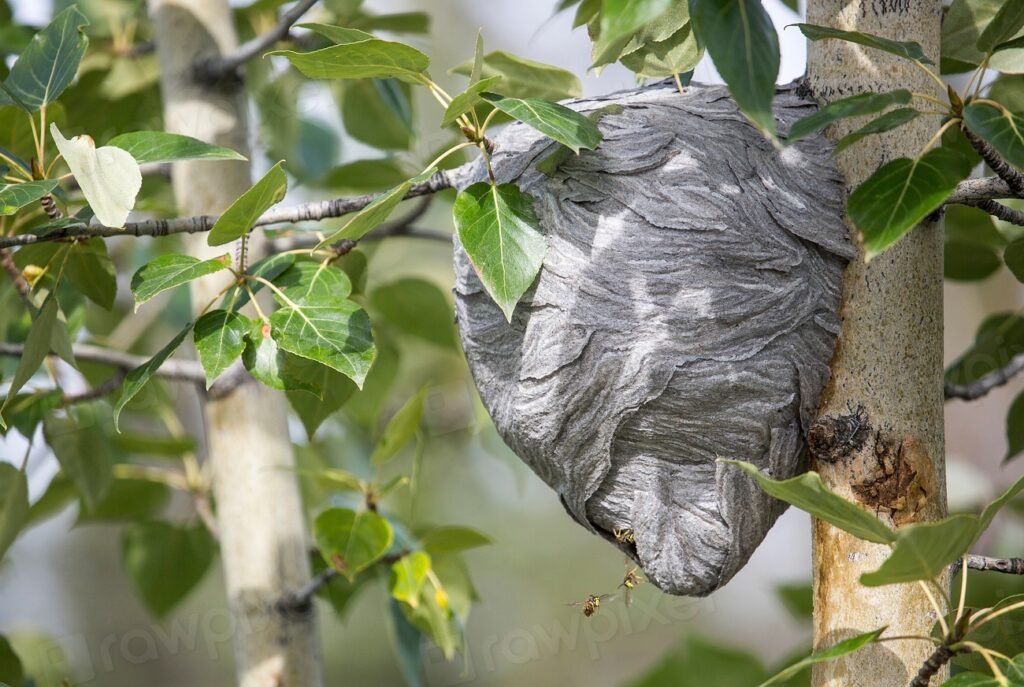Imagine wandering through a sunlit forest, your eyes catching a flash of color or a curious structure nestled in the branches. Is it a bird’s nest—or is it something more? Across the globe, birds have turned the simple act of nest-building into an astonishing display of creativity, deception, and even artistic flair. Some feathered architects construct clever decoy nests to outsmart predators, while others transform their homes into breathtaking installations that seem to rival any human-made art. What drives these behaviors? How do birds decide when to mislead, when to dazzle, and when to simply build for survival? The answers may surprise you—and inspire a newfound respect for these winged wonders.
Nature’s Masterminds: The Cleverness Behind Bird Nests
Birds are not just following instinct when they build their nests; they are solving complex problems. Each nest is a response to the challenges of survival—protecting eggs, attracting mates, and fooling enemies. Some birds have evolved to use deception as their primary defense, while others rely on attraction and beauty. The incredible variety in bird nesting behavior is a testament to their adaptability and intelligence. Scientists have even compared the decision-making processes of certain birds to those of small mammals. When you look at a bird’s nest, you’re not just seeing twigs and leaves—you’re witnessing the outcome of thousands of years of evolutionary innovation.
Decoy Nests: Outsmarting Predators With Misdirection
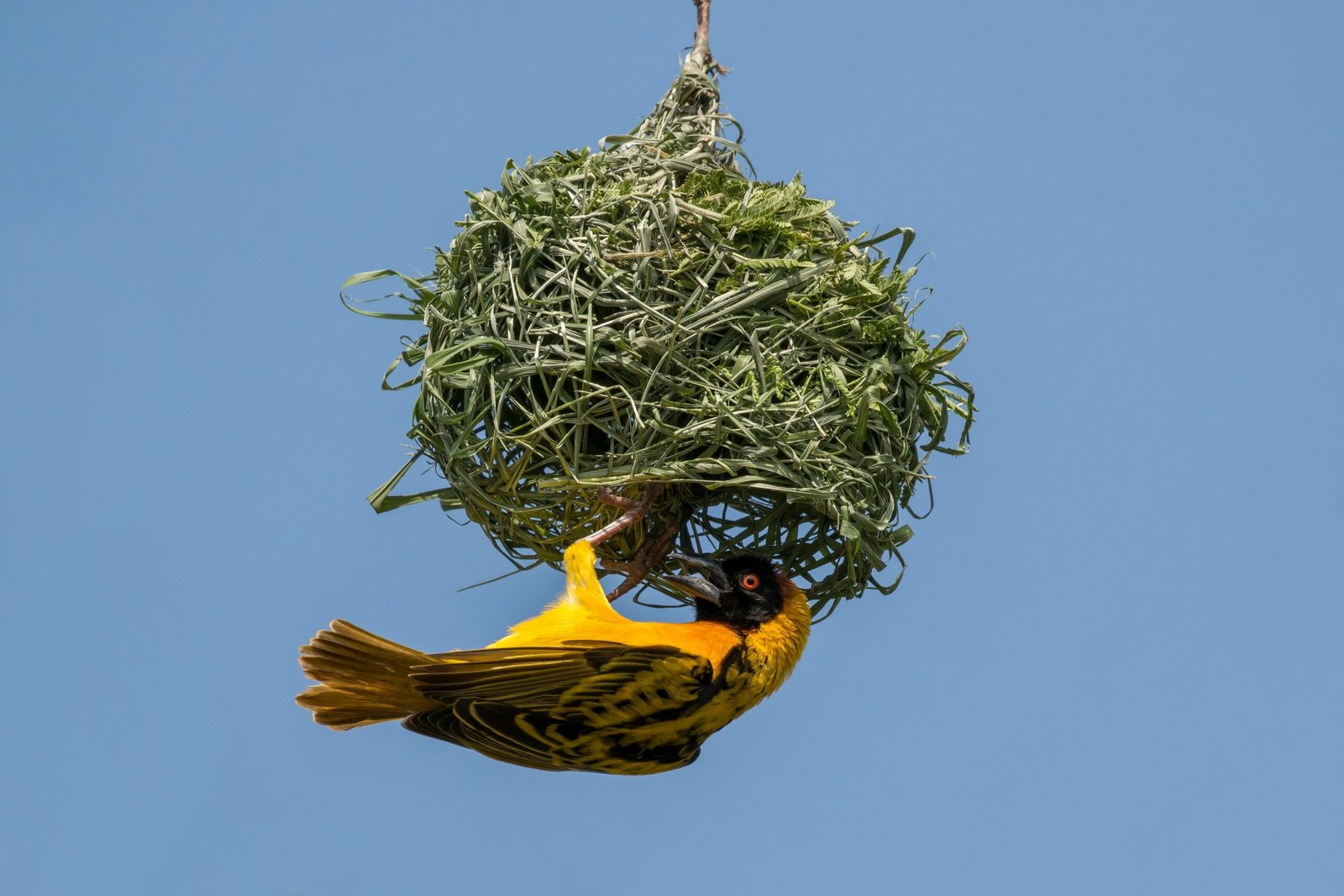
In the high-stakes world of survival, some birds have mastered the art of the decoy. Species like the Eurasian penduline tit build several nests, but only one will ever hold their precious eggs. The rest? They’re empty shells, cunningly designed to confuse predators. By scattering decoys around their territory, these birds make it nearly impossible for egg thieves to guess which nest is the real deal. It’s like a shell game in the treetops—where only the cleverest survive. This strategy isn’t just about hiding eggs; it’s about creating a web of uncertainty that buys time and safety for the next generation.
The Artistry of the Bowerbird: When Nests Become Installations
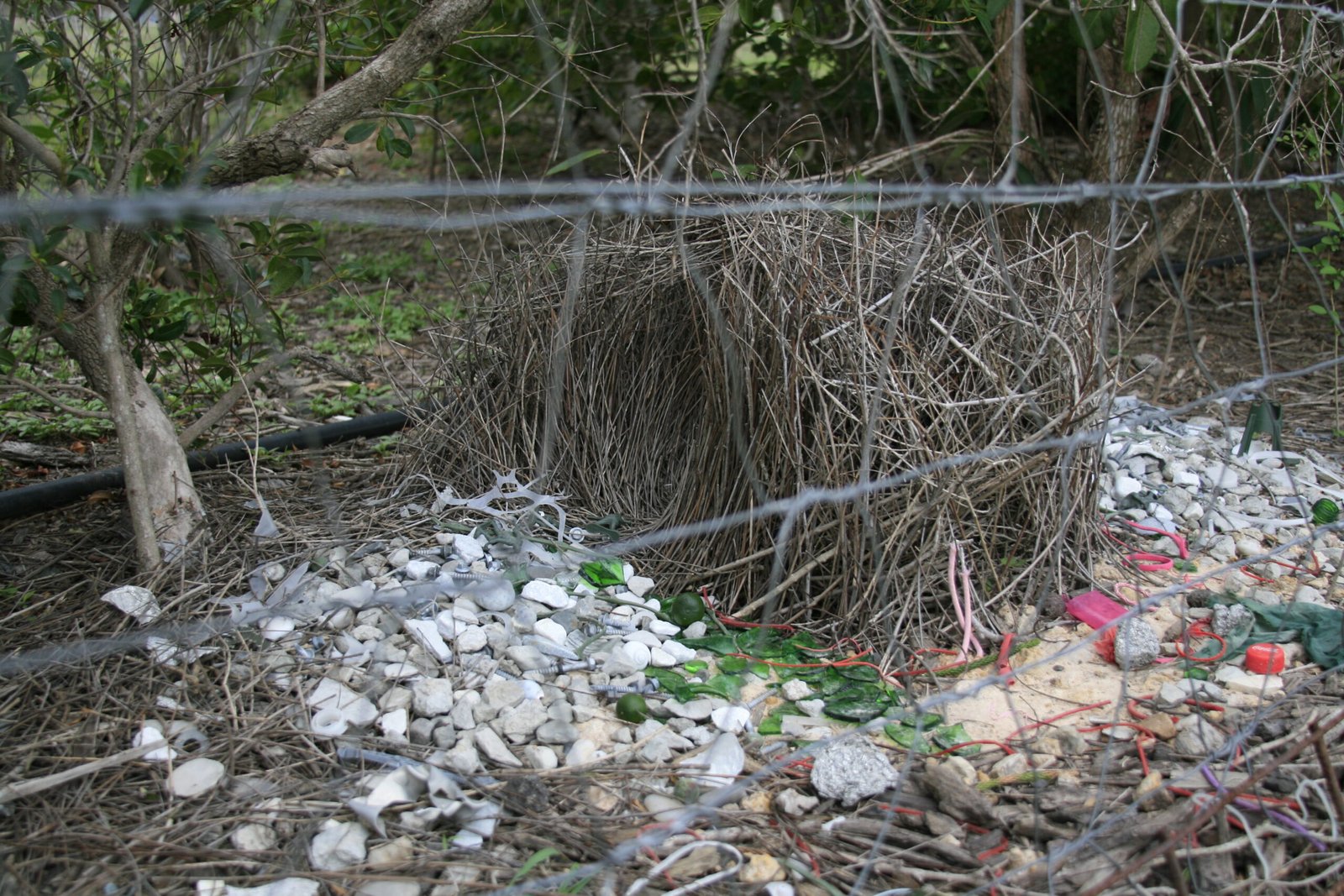
No discussion of avian creativity would be complete without the bowerbird. Instead of building a traditional nest, male bowerbirds create elaborate “bowers”—structures decorated with flowers, berries, feathers, and even bits of plastic or glass. Each bower is a dazzling testament to the bird’s artistic sensibilities and serves as a stage for courtship displays. Females visit to inspect these installations, judging not only the builder’s skill but also his taste and originality. Some bowers are so ornate they seem to blur the line between animal instinct and conscious artistry. The passion poured into each creation is nothing short of inspiring.
Deception as a Survival Strategy: More Than Meets the Eye
Decoy nests are not just physical structures—they are psychological tricks. Birds like the marsh wren, for example, will build half a dozen “dummy” nests within their territory. These empty homes serve to distract predators, but they also fool rival males into thinking the area is already overcrowded. This clever ruse gives the real nest a better chance of going undisturbed. It’s a strategy built on layers of misdirection, turning the environment into a maze of possibilities. The ability to manipulate the perceptions of other animals shows just how sophisticated avian behavior can be.
Material Choices: Picking the Perfect Tools for the Job
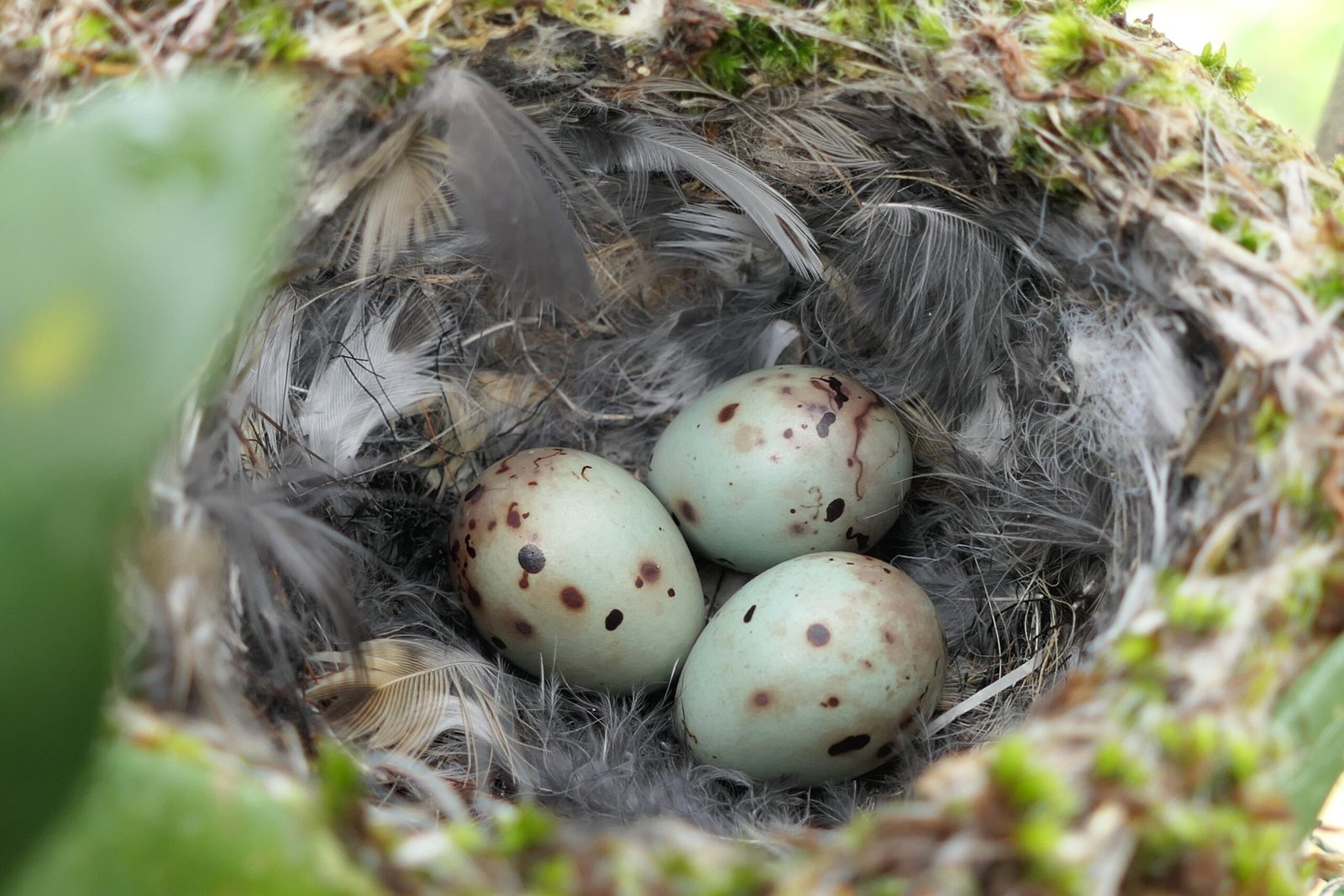
The materials birds choose for their nests reveal another layer of intelligence. Some use thorny branches or stinging leaves to deter would-be intruders, while others weave soft grasses and animal hair for comfort. Bowerbirds, in particular, are known to select objects based on color and shine, carefully curating their collections to impress potential mates. Even the placement of a nest—high in the treetops, hidden among reeds, or tucked under rocks—reflects thoughtful decision-making. Each material, each location, is a calculated move in the game of survival.
Sexual Selection: When Beauty Becomes a Weapon
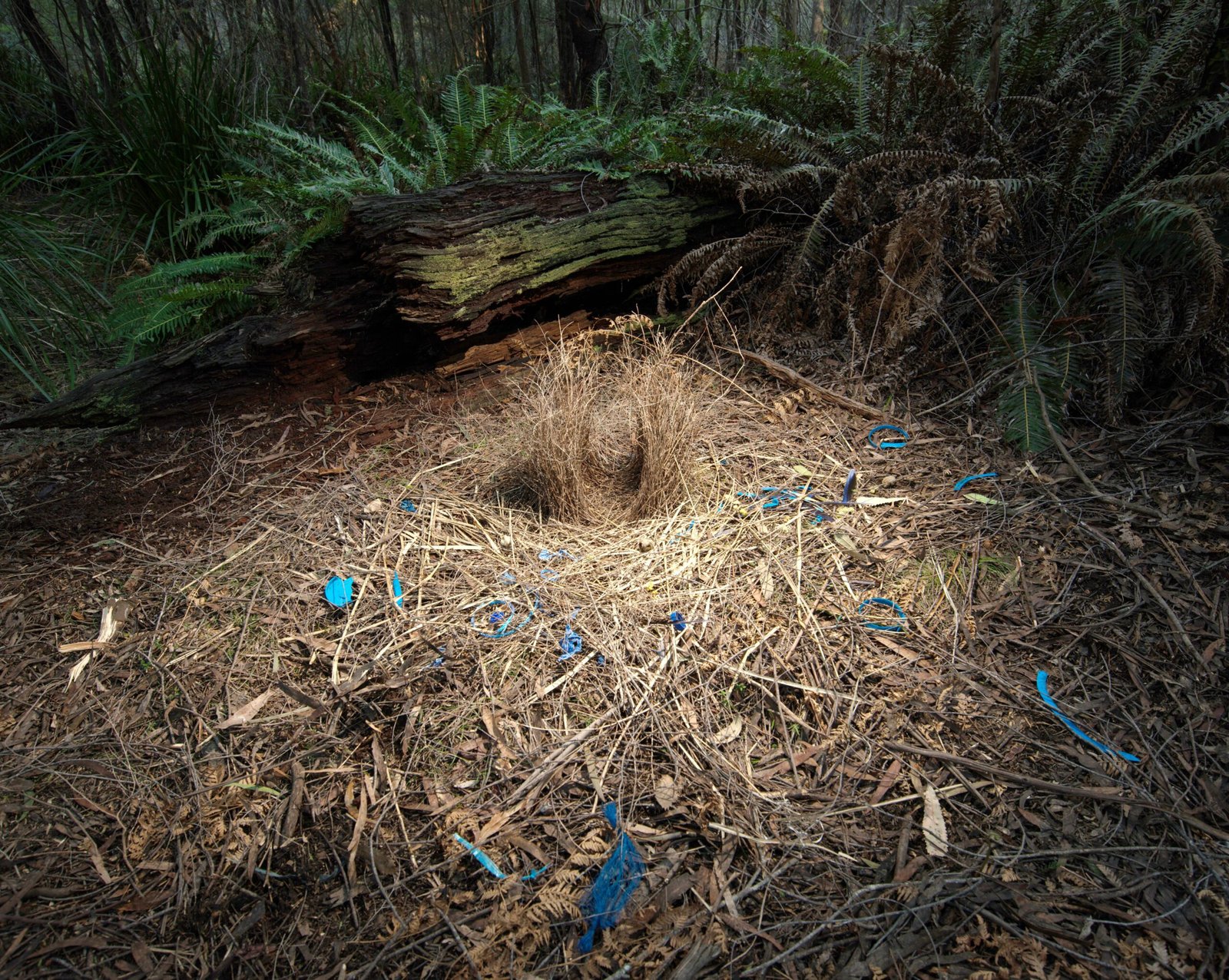
For many birds, the nest is more than just a safe place—it’s a billboard advertising their fitness. The more elaborate the structure, the more impressive the bird appears to potential mates. Bowerbirds and weaverbirds are prime examples, investing huge amounts of time and energy into building and decorating their nests. This behavior is driven by sexual selection, where mates choose partners based on the quality of their displays. It’s a high-risk, high-reward strategy: a stunning nest can attract a mate, but it can also draw unwanted attention from predators. In the end, only the most skilled and daring birds succeed.
Geographic Variations: How Environment Shapes Nesting Behavior
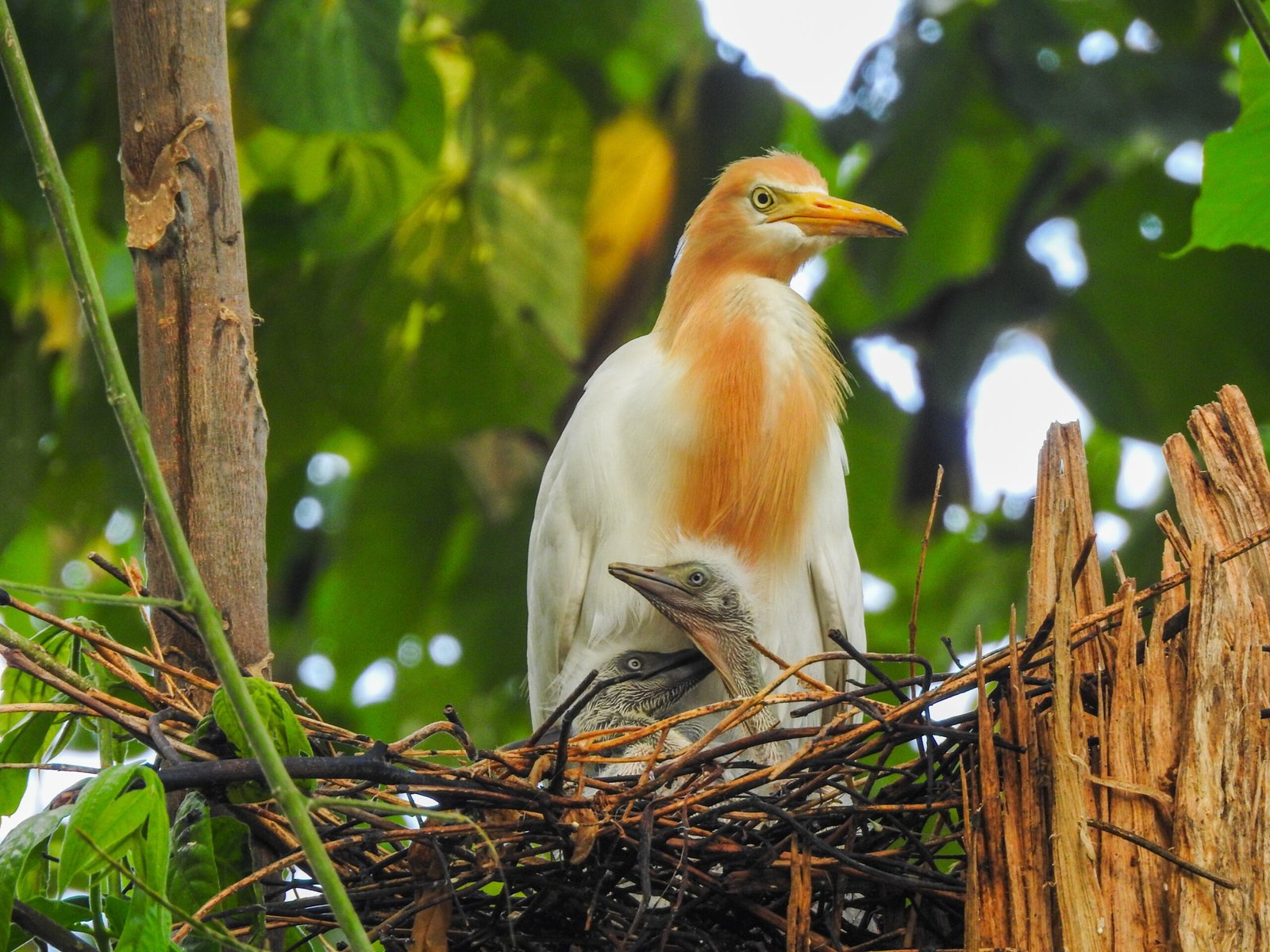
Not all birds build the same way, and much depends on where they live. In areas with high predation, decoy nests are more common. In safer, resource-rich environments, birds have the luxury to experiment with more elaborate designs. Climate also plays a role; birds in hot regions may build open, airy nests to keep cool, while those in colder climates create tightly woven, insulated homes. These adaptations show how closely birds are attuned to their surroundings, constantly tweaking their strategies to maximize their chances of survival and reproduction.
Learning and Innovation: Passing Down the Craft

Nest-building is not always a matter of pure instinct. Young birds often watch and learn from their elders, picking up tricks and techniques along the way. In some species, nest-building skills are refined over time, with older birds producing more complex or successful nests. Observations of tool use—such as birds using leaves to carry water or mud—suggest a capacity for innovation that rivals that of some primates. This ability to learn and adapt ensures that each generation can respond to new challenges, keeping the species one step ahead of predators and competitors.
Human Impact: How Our Actions Affect Bird Creativity
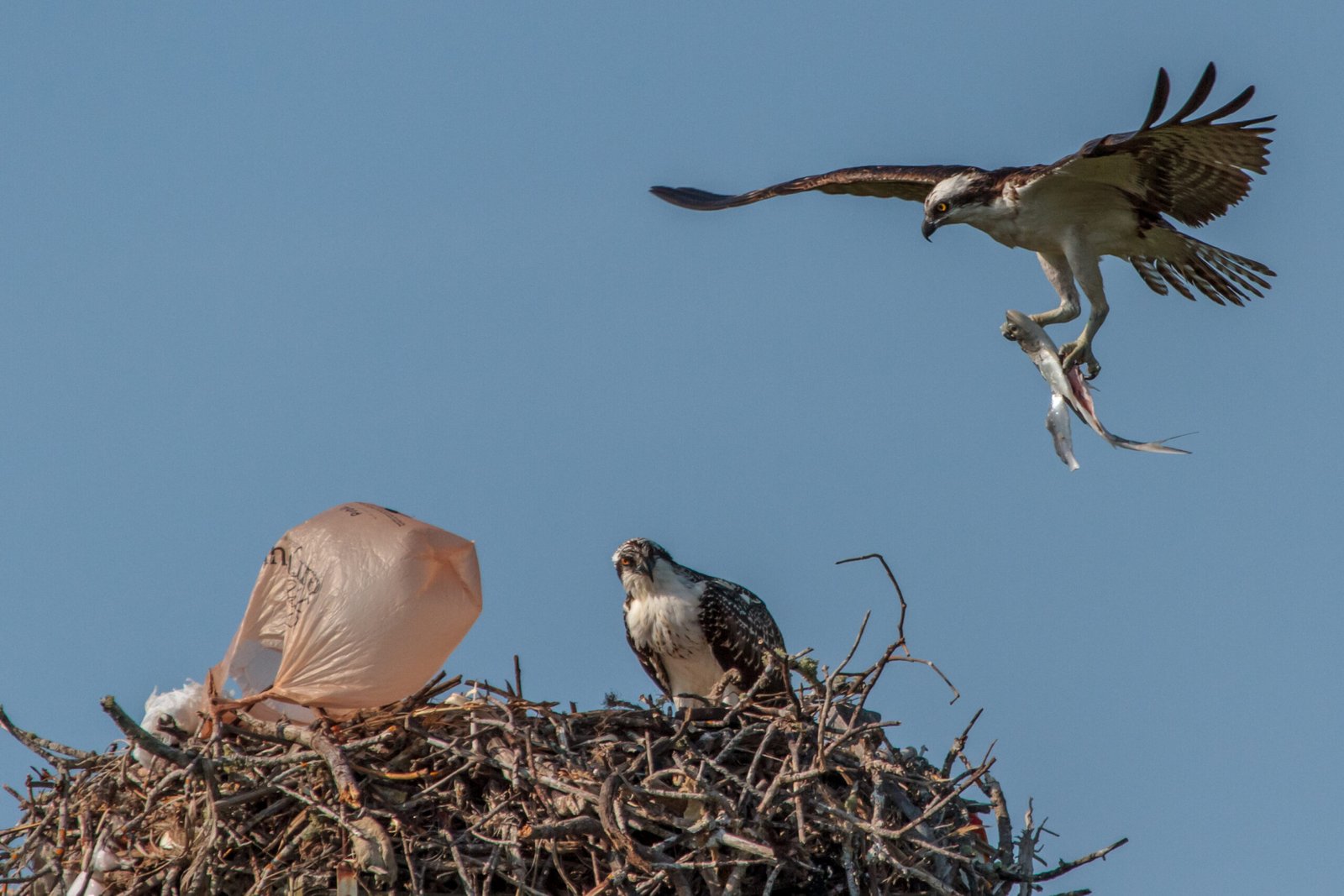
As cities expand and natural habitats shrink, birds are forced to adapt in surprising ways. Some have taken to using human-made materials—plastic strips, string, even cigarette butts—in their nests. While this demonstrates remarkable flexibility, it also brings new risks, as some materials can be toxic or dangerous for chicks. The disappearance of traditional nesting sites pushes birds to be ever more inventive, but it also highlights the delicate balance between resilience and vulnerability. Every bit of litter or patch of lost forest represents a new challenge for these remarkable builders.
The Emotional Power of Bird Nests: Wonder, Inspiration, and Connection

There’s something deeply moving about discovering a bird’s nest—whether it’s a humble cup of grass or a flamboyant bower. These structures connect us to the ingenuity of the natural world and remind us of the universal drive to create, protect, and thrive. Watching a bird labor over its nest can inspire awe, empathy, and even a sense of kinship. Their creativity mirrors our own, blurring the boundaries between instinct and art, survival and expression. The next time you spot a nest, take a moment to appreciate the story it tells—a story of struggle, hope, and the relentless quest for life.
Birds that build decoy nests and art installations challenge our understanding of intelligence, creativity, and survival in the animal kingdom. Their ingenious strategies and artistic flourishes invite us to look closer, think deeper, and marvel at the hidden wonders of the world around us.

